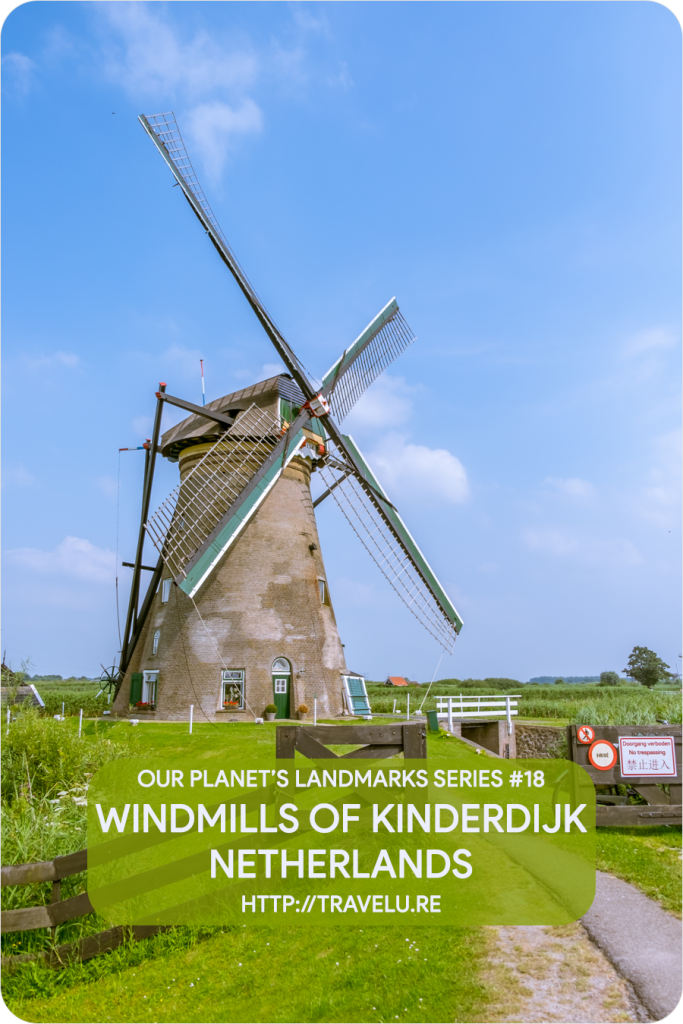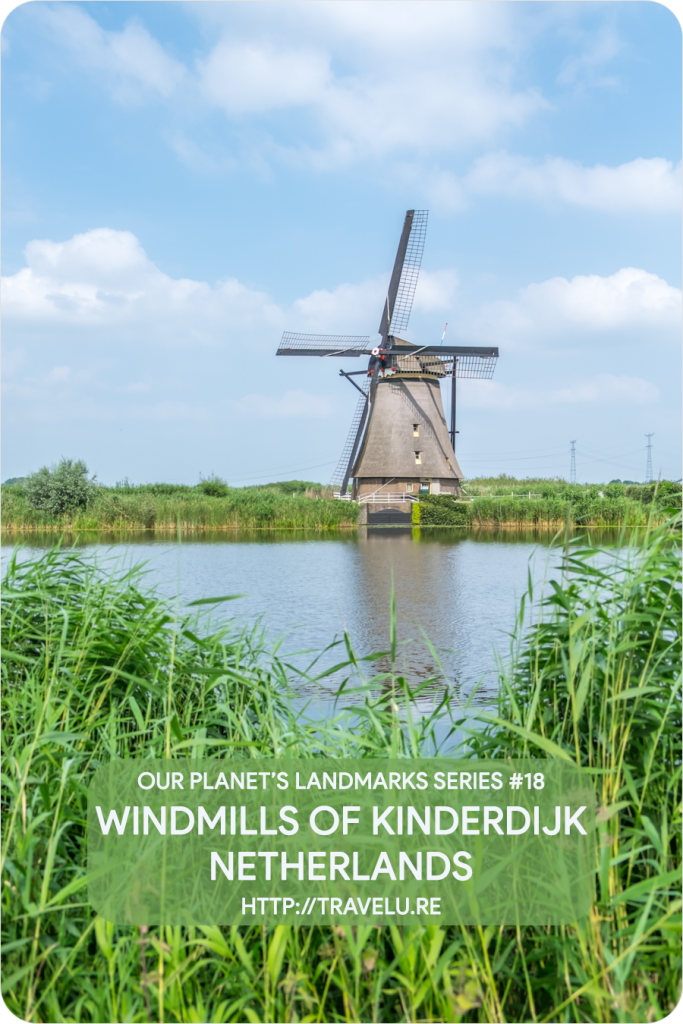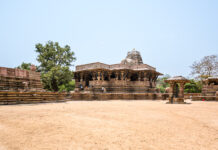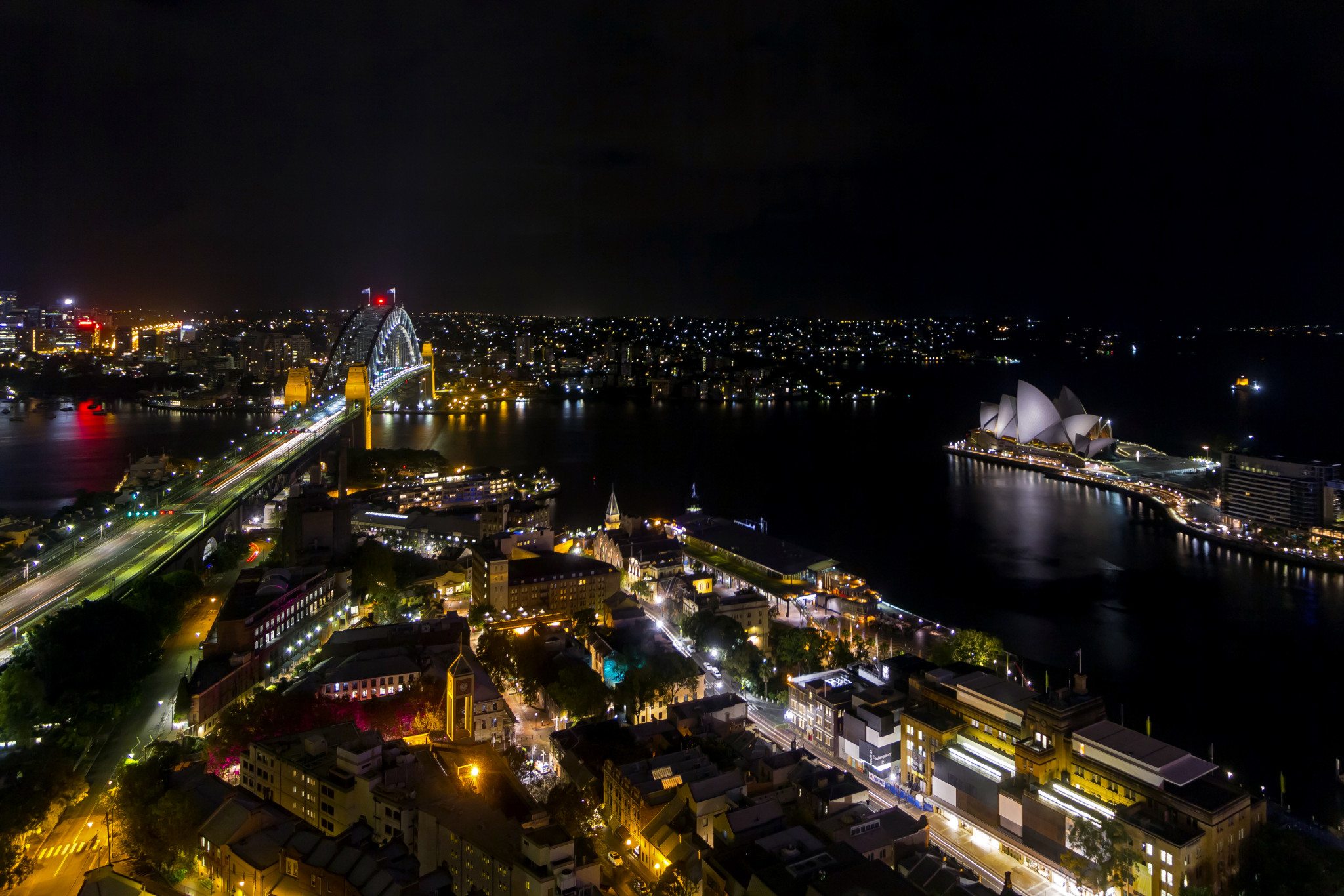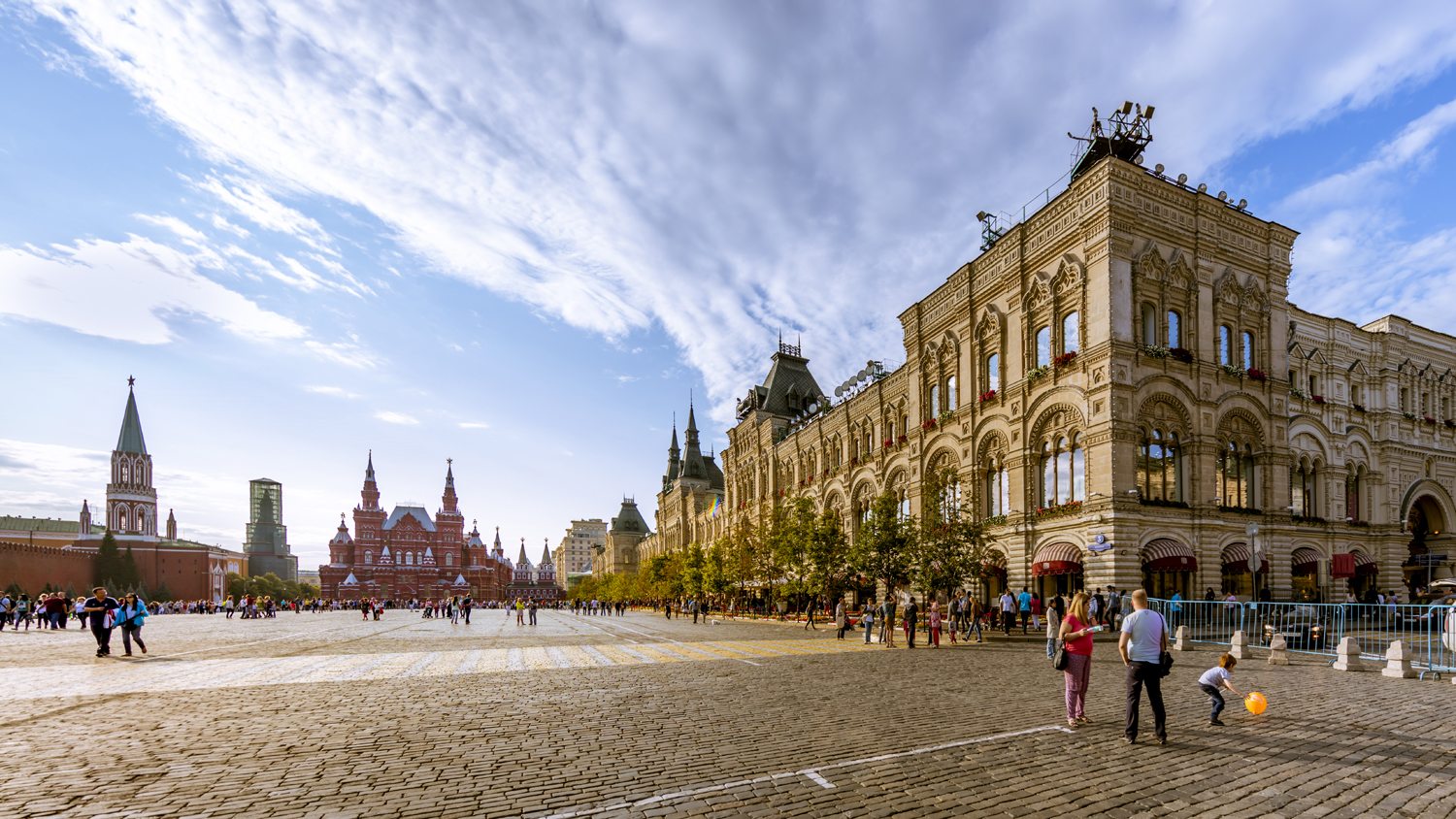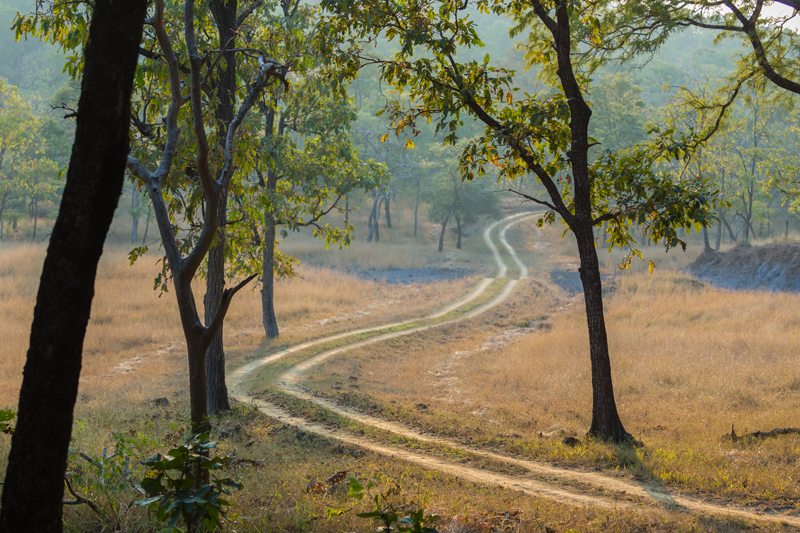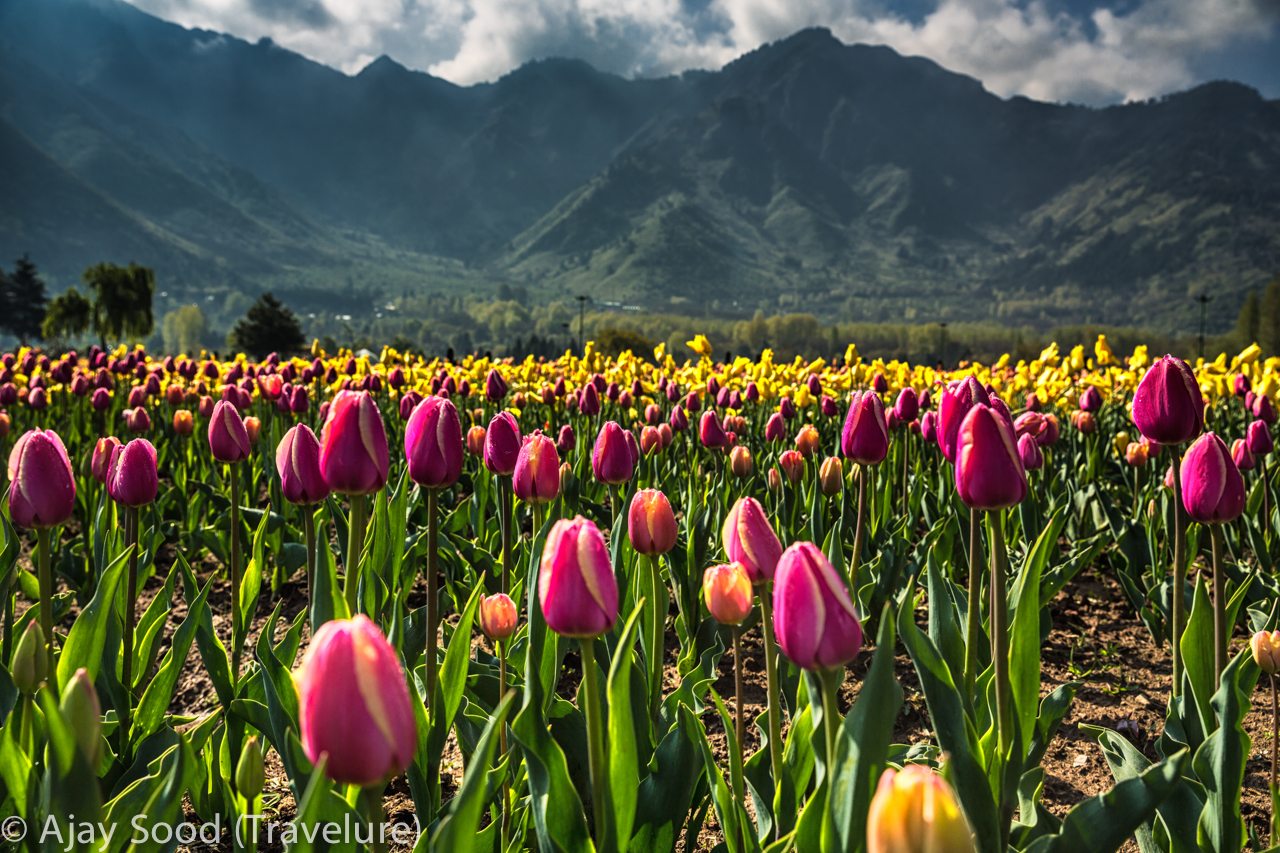Our Planet’s Landmarks Series #18
Windmills of Kinderdijk Netherlands
My article – Windmills of Kinderdijk – had appeared in October 2017 issue of JetWings – the in-flight magazine of Jet Airways. Have a read!
Think Holland and you think windmills. And if you’ve ever wanted to see how these work, there’s no better place than Kinderdijk – situated only 30 minutes from Rotterdam.
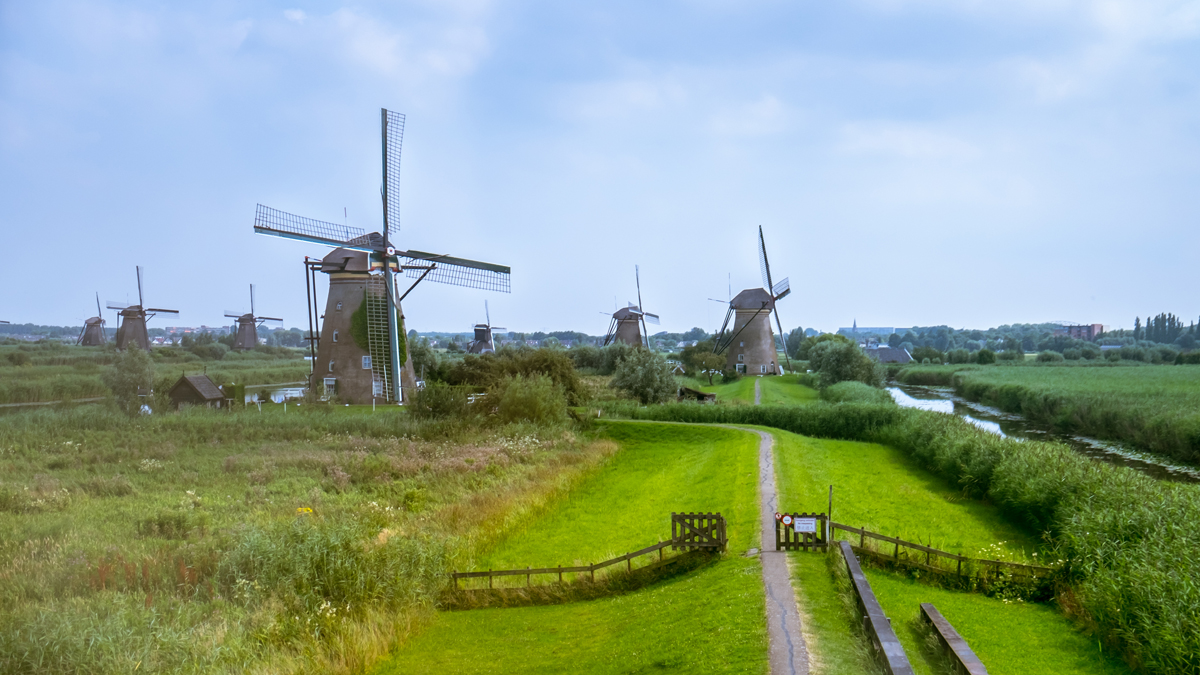
For information on how to get there from Amsterdam and what else to see en route, visit THIS POST

Kinderdijk is a small village in the Molenwaard municipality in the province of South Holland. One of the most-visited tourist spots in the Netherlands, it owes its popularity to a cluster of 19 windmills that are functional even today, almost 280 years after they were constructed!
To understand the need for these windmills, we need to delve into some facts about

The country gets its name from its location as a low-lying country (nether means low). Everything here lies below the sea level. Despite the innovative water management system of dykes established by Floris V, Count of Holland, in the 13th century, this geographical reality often led to the flooding of these fertile polders or the reclaimed land – sometimes, even sweeping away the poorly-built
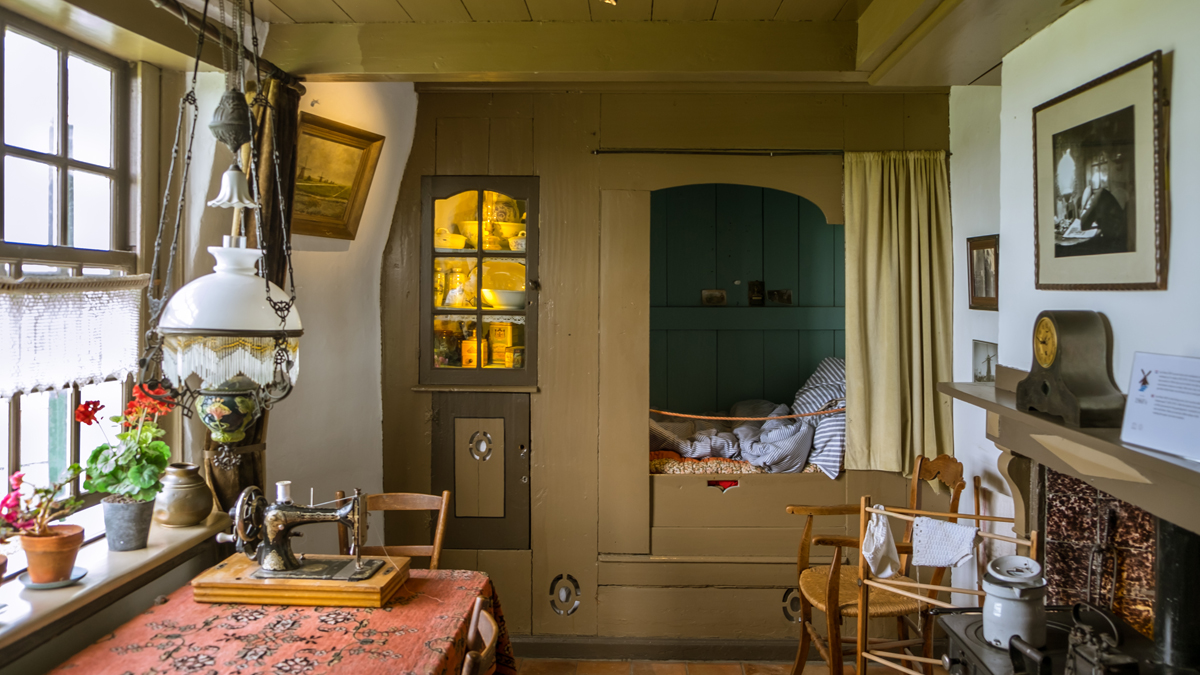
After a particularly devastating flood that killed thousands in 1421 CE, the survivors discovered a crying child in a crib that was kept afloat by a cat that had been jumping around the crib to keep the balance. This led to the christening of the village as Kinderdijk or Children’s Dyke.
Water Crisis and Management
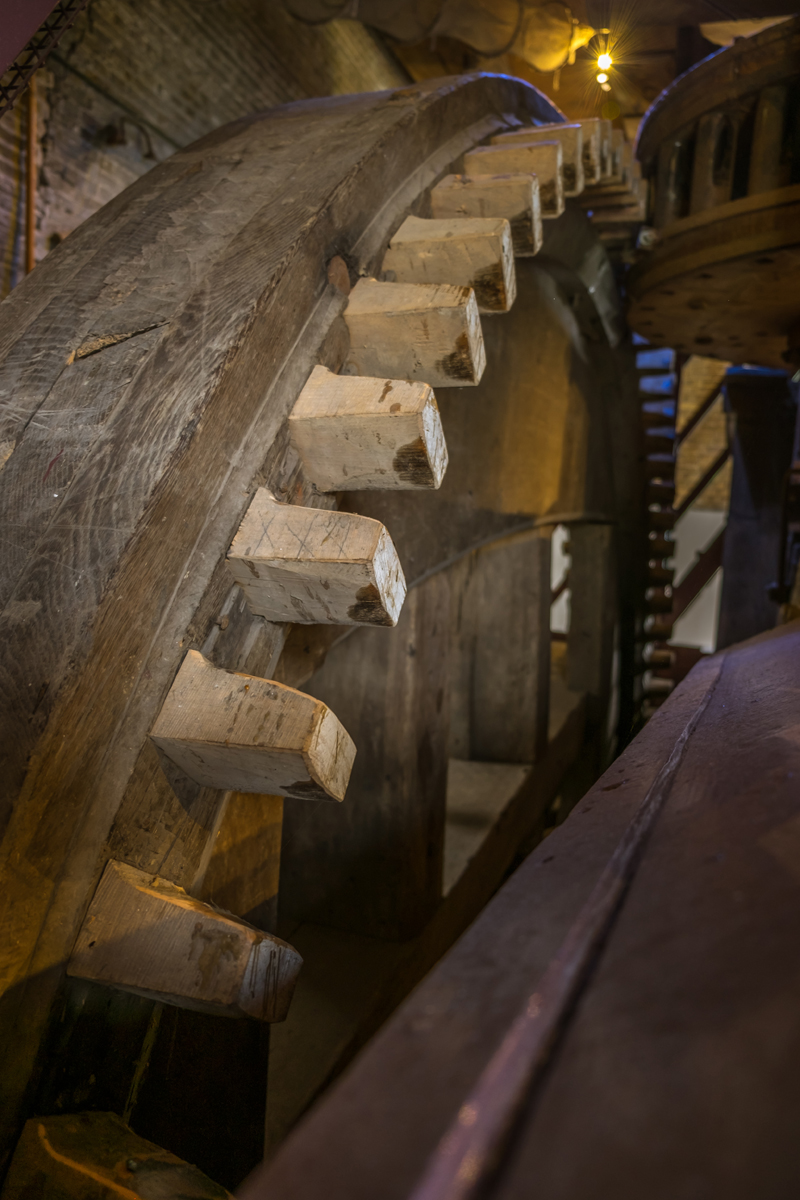
Over the next couple of centuries, the water management boards kept trying various ways to keep the water out. But the problem was becoming acuter with the land sinking deeper and water levels rising. With every passing decade, keeping the water out needed more power.
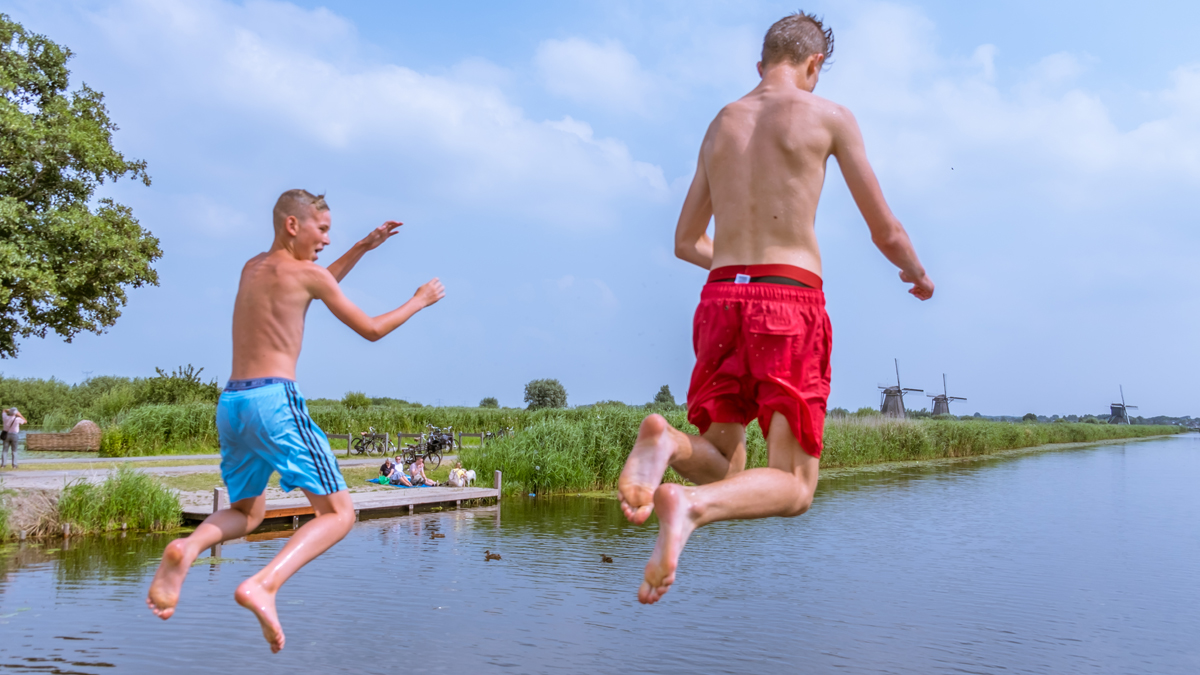
Many a trial and error later, the water management boards of the region arrived at the best and the most energy-efficient system of keeping the water out – a combination of windmills, dykes, and pumping stations.
So, by the 1740s, the authorities erected a complex of 20 windmills, out of which 19 still exist. Courtesy this innovation and unique heritage, UNESCO inscribed it as a World Heritage Site in 1997, ever since attracting throngs of visitors keen to get a glimpse of these wondrous structures.
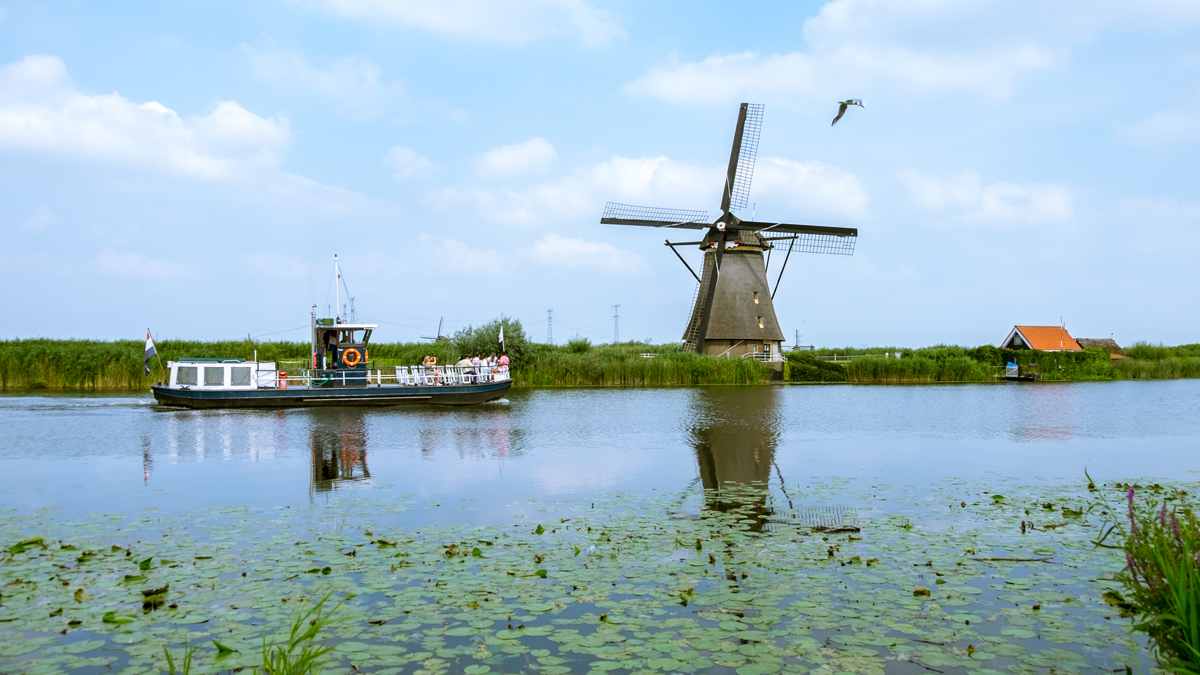
Visitors get a peek into the lifestyle of the farmer-dwellers here through one of these windmills that have been converted into a museum. Besides being an effective water management tool, these privately owned windmills are three-level residences for the polder farmers.
Given its purpose and cultural connect, this scenic attraction definitely
